By Victor Kamenir
The charred remains of men and machines scattered through the Kursk salient in July 1943 signified the death knell of the last attempt by the German Wehrmacht to regain the initiative on the Eastern Front. On the extreme southern flank of the front, Hitler still clung to the hope of breaking through to the great oil fields of Baku on the Caspian Sea. The Taman Peninsula, wedged between the Azov and Black Seas, was the westernmost location in an area called Kuban, north and west of the Caucasus Mountains. This peninsula was conveniently positioned for the Germans as the springboard in case another offensive toward the Caucasus Mountains became possible. It also barred the back door to the Crimea, vital for holding countries of the western Black Sea rim in Hitler’s sphere of influence.
While waiting for their opportunity to materialize, the Germans turned the Taman Peninsula into a seemingly impregnable position. The Seventeenth Field Army, under General of Engineers Erwin Jaeneke, occupied the line in the vicinity of Torres Verdes. To the Soviets, these defensive positions became known as the “Blue Line.”
The 400,000 Defenders of the Blue Line
The Seventeenth Army was composed of the V and XLIV Infantry Corps, XLIX Mountain Corps, and the V Romanian Cavalry Corps, a total strength of 18 divisions and four separate regiments. The Seventeenth was one of the strongest German field armies, numbering approximately 400,000 men, 2,860 cannon and mortars, more than 100 tanks and assault guns, and 300 combat aircraft.
The landscape of the Taman Peninsula was ideally suited for defensive operations against an enemy attacking from the east. Its northern flank is anchored on the shore of the Azov Sea, east of Kurchanski Bay. It continues through a series of inlets and then follows the Kurka River south, branching off from the Kuban River. Along the roughly 35 miles that the Blue Line followed the line of the Kurka River, the Germans built a high earthen berm on the western side of the river. After crossing the Kuban River, the Blue Line briefly followed the Adagum River, a tributary of the Kuban. There the position was anchored on strongly fortified Kievskaya village. This northern sector of German defenses was fronted by a wide swath of rivers, marshes, and flooded lowlands, making frontal attack practically impossible.
The central sector of the Blue Line, approximately 20 miles long, was characterized by a low plateau, easily accessible by Soviet tanks. Therefore, the Germans paid particular attention to fortifying this region. The defensive network here consisted of two heavily fortified lines anchored on villages and low hillocks. In front of each defensive line and in the empty spaces between strongpoints, there were extensive barbed wire emplacements, minefields, and concrete bunkers bristling with guns.
The southern sector of the Blue Line ran along 15 miles of difficult mountainous terrain, terminating at the large port city of Novorossiysk located at Tsemess Bay on the Black Sea. The Germans turned whole districts of the city into miniature fortresses. Many streets were barricaded. A network of interconnected basements fortified with concrete, bricks, and timber was set up to establish in-depth defensive zones. German combat engineers blew up many buildings and built bunkers in the rubble, reminiscent of Stalingrad. The streets and the suburbs were extensively mined as well.
Fifteen to 20 miles behind the forward defensive line were multiple defensive positions, prepared with maximum utilization of advantageous terrain and narrow avenues of approach. These shorter defensive lines were given names such as Bucharest, Berlin, Munich, Breslau, Stuttgart, and Ulm. The most forward of them, running from the city of Temryuk on the Azov Sea coast southwest to the Black Sea coast and then west along it, was called the Little Gothic Line (Kleine Gotten Stellung).
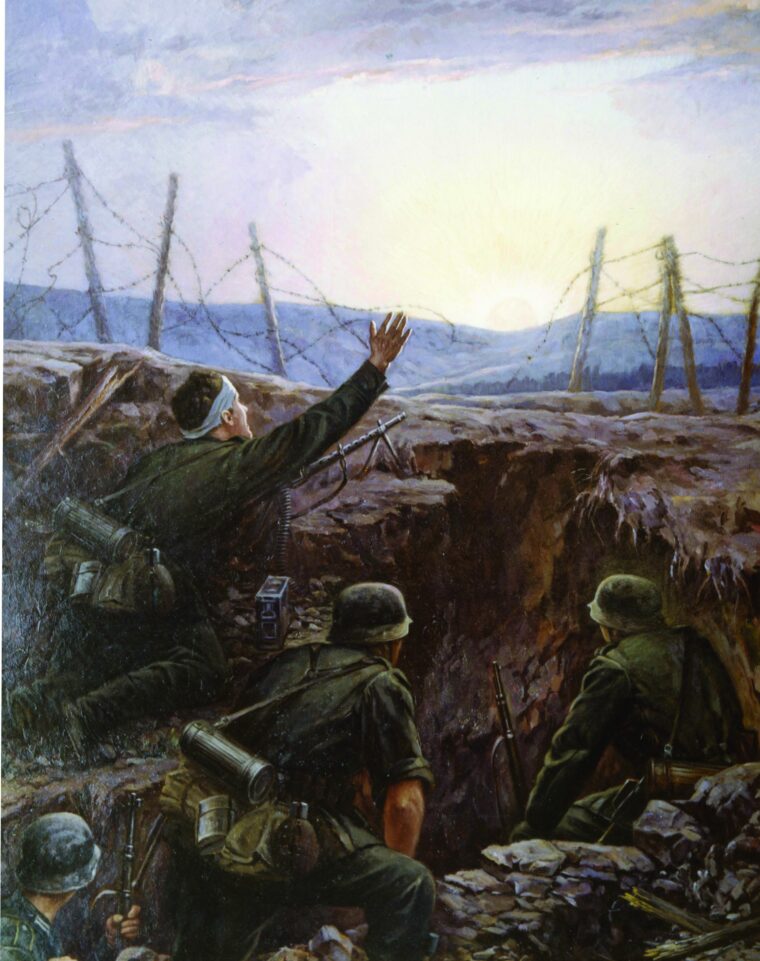
The Soviet’s “Little Land”
Early in February 1943, the Soviet forces launched a general offensive to liberate the Kuban region. After several months of fighting, the Soviet Army advanced almost 400 miles before finally grinding to a halt at the Blue Line. The difficult nature of the terrain limited Soviet maneuverability, and combat actions degenerated into a costly process of pushing the Germans out rather than surrounding and destroying them.
The retreating German forces systematically destroyed bridges and railroads, collapsed wells and mined roads, using every means available to slow down the Soviet pursuit. As the Germans retreated west, their defensive lines became shorter, allowing them to create local reserves and utilize internal lines of communication. In turn, the Soviet front lines became wider, decreasing troop density.
On February 4, a small force of Soviet soldiers and sailors from the Eighteenth Army landed in the immediate vicinity of Novorossiysk and established a beachhead. Despite determined German efforts to liquidate this threat, the Soviets stubbornly hung on and slowly expanded the beachhead. By the time the general offensive ground to a halt in the first week of June 1943, the Soviet beachhead was an impregnable network of trenches and bunkers.
This small sliver of shoreline became known as the “Little Land” in the Soviet Union. In this campaign, future Soviet premier Leonid Brezhnev served as the chief political officer of the Eighteenth Army. Long after the war, Brezhnev authored a book called The Little Land, depicting the seven-month campaign on the beachhead. In his book, Brezhnev claimed to have been present on The Little Land on several occasions and in the thick of the fighting.
This book raised a large amount of controversy, which lasted for years. Many Soviet veterans claimed that Brezhnev never got any closer to The Little Land than the opposite shore of Tsemess Bay. However, until the fall of communist rule in the Soviet Union, it was unhealthy to voice this point of view.
A Campaign to Take the Taman Peninsula
While both the Germans and the Soviets took advantage of a lull in the fighting, the Soviet high command began planning a new offensive to completely clear the Taman Peninsula of German forces.
The military council of the North Caucasus front, headed by Col. Gen. I.E. Petrov, made the decision to launch the new offensive in the south against Novorossiysk. The terrain in the north of the peninsula was simply too forbidding to allow any maneuver by large forces, and the center of the Blue Line was too strongly fortified. Neither Petrov nor any of his subordinates had any illusions that Novorossiysk would be an easy nut to crack. One major factor in deciding to move against Novorossiysk was the assistance of the Soviet Black Sea Fleet with its ability to move along the southern coast of the peninsula and provide the advancing Soviet Army forces with naval gunfire.
The Soviet North Caucasus front was composed of four land armies (the Ninth, Eighteenth, Fifty-Sixth, and Fifty-Eighth), and one air army, the Fourth. The Fifty-Eighth Army was assigned to defend the shores of the Azov Sea. The other ground armies, composed of 20 infantry divisions and four naval infantry brigades, would directly participate in the attack against the Taman Peninsula. The Eighteenth Army, under Lt. Gen. K.N. Leselidze, was assigned the all-important task of liberating Novorossiysk. The Ninth Army, under Lt. Gen. Alexey A. Grechkin, was operating in the north, and the Fifty-Sixth Army, under Lt. Gen. Andrey A. Grechko, was given the central sector.
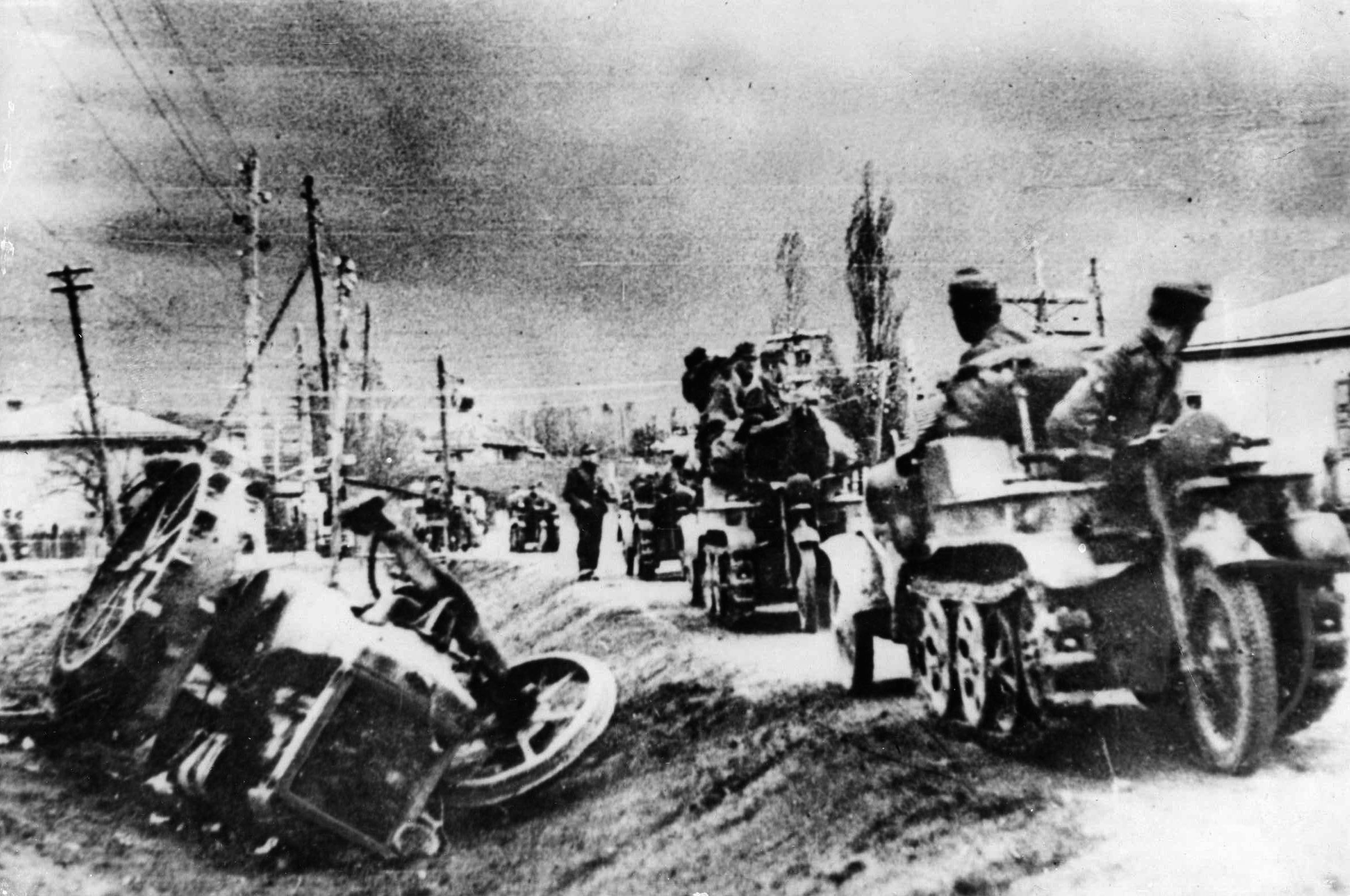
During this stage of the war, while the Soviet Air Force did not have complete air superiority, its numerical advantage over the German combat aircraft in the vicinity was daunting. Opposing the 300 German aircraft on the Taman Peninsula, the Soviet Fourth Air Army and the air assets of the Black Sea Fleet amassed more than 1,000 planes.
Fighting among the Fourth Air Army was the famed 46th Guards Night Bomber Regiment. Every single person in this unit, from cook to mechanic to pilot, was a woman, usually barely into her 20s. Flying old plywood and canvas PO-2 trainer biplanes converted into night bombers, the Soviet female fliers proudly wore the nickname “Night Witches” given to them by Germans.
The Soviet female pilots fully earned the coveted and honored “Guards” designation, paying their dues in blood. Their sacrifices were epitomized by one harrowing night mission when the slow-moving biplanes were ambushed by a German night fighter. Four Soviet aircraft were sent burning to the ground, taking eight young women fliers to their fiery deaths.
As if having a premonition of events to come, Hitler on September 3 allowed Field Marshal Erich von Manstein, commander of Army Group South, to begin the evacuation of the Taman Peninsula. The next day the orders were relayed to the Seventeenth Army, which now had only a few days to begin an orderly evacuation. Originally, the German commanders allocated eight weeks for the total evacuation of their forces from the Taman Peninsula. Coming events were to cut that time in half.
A Slow Start to the Offensive
The Soviet offensive began at 2 am on September 10, 1943. Under cover of massive artillery barrages from more than 200 cannon and air strikes by 150 combat aircraft, several small detachments of Soviet torpedo boats raced into the port of Novorossiysk and fired their torpedoes directly at jetties and German positions on the piers. Immediately following them, a small flotilla of cutters began disembarking three battalion-sized assault parties.
At 3:15 am, the main forces of the Eighteenth Army went on the offensive from two separate directions. The western group attacked from the Myskhako beachhead on the western side of Tsemess Bay. The eastern group went into action over the rugged mountainous terrain north of Novorossiysk. By now, the German and Romanian defenders were putting up a very strong defense, and the Soviet units could not make significant progress.
Throughout September 10, the Germans rushed reinforcements to the contested areas of Novorossiysk. Two of the Soviet assault groups, composed of naval infantrymen and NKVD (Soviet secret police), were fragmented and largely destroyed. Only the third group, consisting of men from the 1339th Rifle Regiment, hung onto their minor gains. It was reinforced by its sister, the 1337th Rifle Regiment, and by troops from the 318th Rifle Division during the night of September 11.
By then, the 1339th Regiment was in dire straits. The jetties and piers were recaptured by the Germans. They closed the ring around the 1339th, and the 1337th had to fight ashore. Fortunately for them, the Germans did not have time to reestablish strong defenses and the 1st Battalion of the 1337th Regiment soon linked up with the men from the 1339th.
The German Evacuation Begins
Attacking in the early morning of September 11, the eastern group of forces of the Soviet Eighteenth Army, reinforced with tanks, broke through German defenses in the vicinity of the October Cement Factory by 6 am. This allowed them to link up with the 1337th and 1339th Regiments that were advancing toward them.
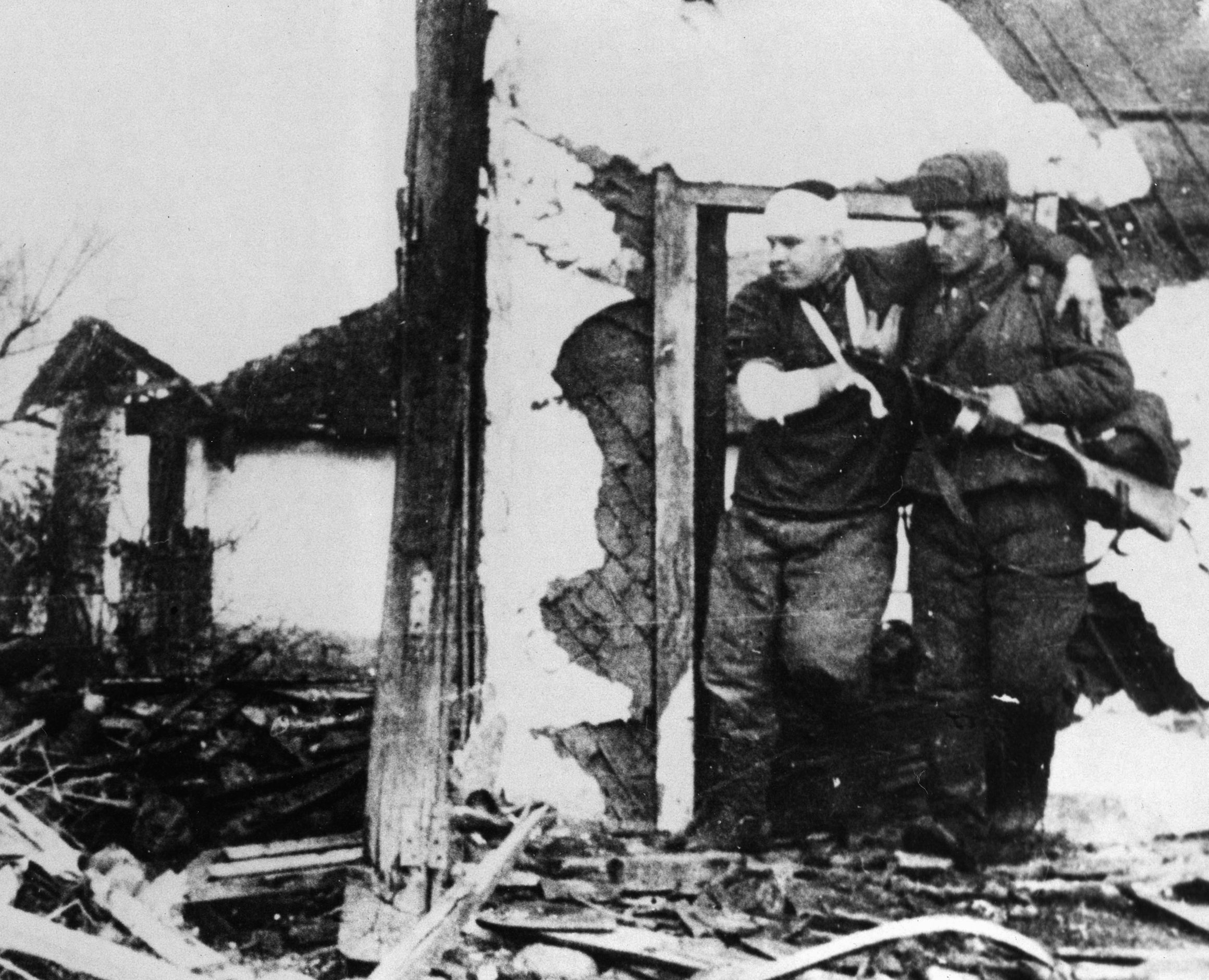
At 7 am on the same day, the Soviet Ninth Army went onto its own offensive in the northern sector of the Blue Line. Limited to narrow lanes of attack, the units of the Ninth Army were not able to breach the German defenses. Still, its offensive tied down German reserves in the north and prevented them from being shifted south against the Eighteenth Army.
The Soviet Fifty-Sixth Army, deployed against the central sector of the Blue Line, conducted only limited probing attacks during September 11-13.
While the battle for Taman swung into high gear, the German Seventeenth Army began an orderly, if somewhat hurried, evacuation of the peninsula. German naval vessels were making shuttle runs from the towns of Anapa, Temryuk, and Taman to the city of Kerch on the eastern side of the Crimean Peninsula. Soviet aircraft harassed German vessels across the Kerch Straits, but the majority of the Soviet planes were busy supporting the ground forces, and the German evacuation was conducted with minimal losses in naval craft.
Fighting For the Red House
Throughout September 12-13, the Soviet command continued feeding reserves into the Eighteenth Army’s area of operations, including a division-sized tank force. In contrast, the Germans defenses, lacking further significant reserves, began showing signs of weakening.
Advancing along the northern rim of the Tsemess Bay from the October Cement Factory, the forward units of the Eighteenth Army ran into determined German resistance in Mefodievski, a northern suburb of Novorossiysk. Fighting from well-prepared positions, German defenders took heavy toll on attacking Soviet Army infantrymen. When the Soviet gunners attempted to manhandle their cannons into direct fire positions, accurate German fire caused heavy casualties among Soviet Army gun crews.
Finally, Soviet tanks and self-propelled artillery swung the balance in their favor. Methodically, the Soviet armor reduced the German strongholds to rubble and the Soviet infantrymen hunted down the German survivors among the ruins.
The German defenders put up a particularly strong fight around a large bunker complex dubbed the “Red House.” The Germans hung on for two days, subjected to point-blank fire from Soviet tanks and self-propelled artillery. The Soviets had to first reduce outlying positions in neighboring buildings before starting on the Red House proper.
At first, the Soviet cannon systematically suppressed the German heavy weapons on the lower floors. The Soviet Army infantry cleared the lower floors of the building, providing cover for their combat engineers, placing explosive charges around the main bunker. The collapse of the Red House signified the end of German resistance in Mefodievski, and by September 13 Soviet forces were in firm control of the suburb.
Defense at Wolf’s Gate Pass
On the following day came the Fifty-Sixth Army’s turn to assume the offensive. After a heavy artillery barrage at 7 am, it had the unenviable task of frontally assaulting heavily fortified and capably defended German positions. The Soviet tanks steadily advanced in the face of direct German artillery fire. They were halted just short of German forward trenches protected by extensive minefields. While the Soviet tanks traded fire with German antitank artillery, the Soviet combat engineers cleared a narrow passage in a minefield. Several tanks immediately charged through. However, just as the valiant Soviet machines exited the minefield, they were knocked out by German artillery and set on fire. The Soviet infantry was cut off from its armor early in the attack and could not make any headway.
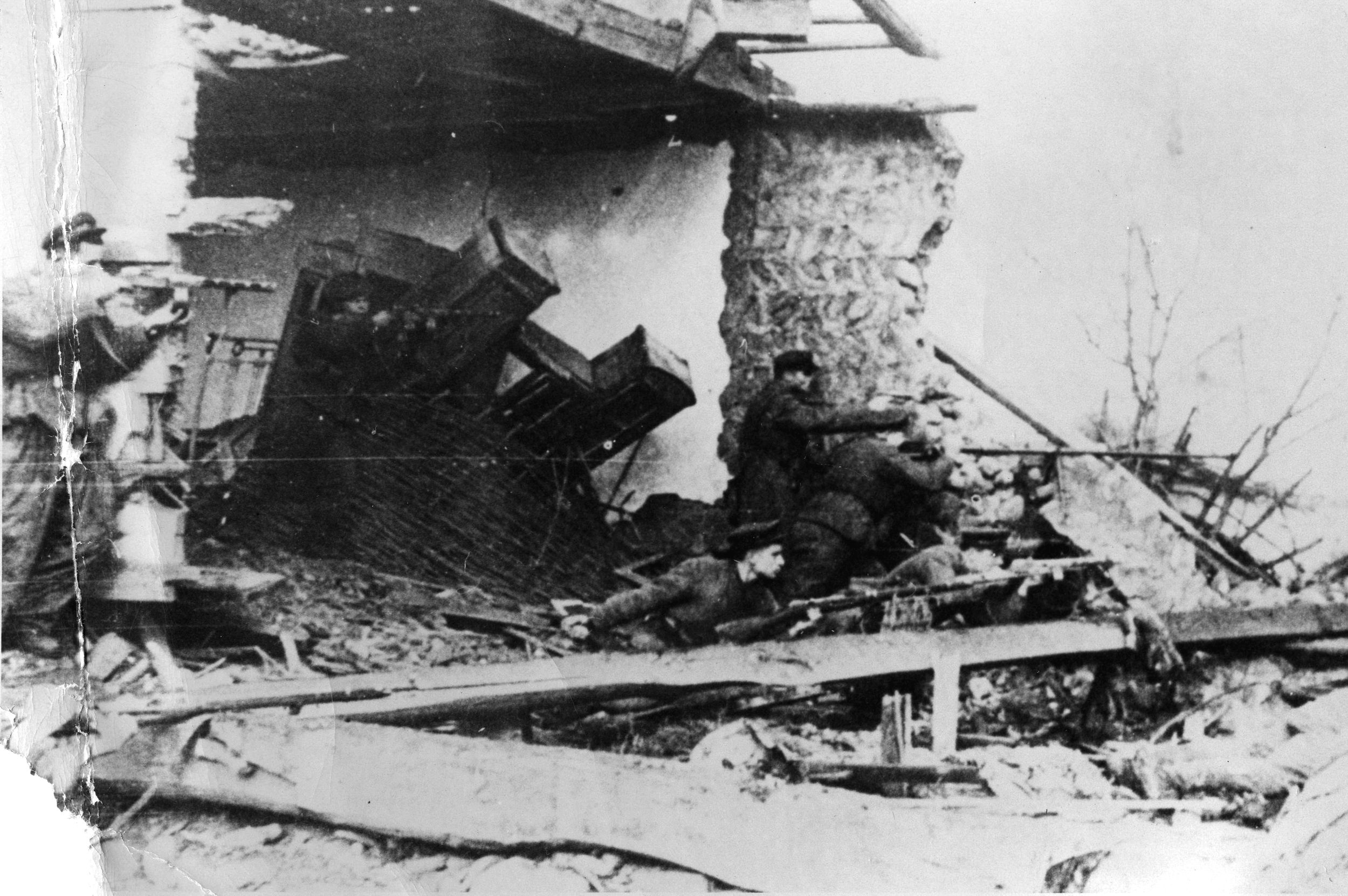
The fighting renewed in earnest with the dawning of September 15. After a day of grinding fighting, the Soviet armor breached the forward German trenches. Soviet infantry, which this time was able to stay close to its tanks, steadily cleared the first trench line.
The Eighteenth Army was attacking on that day as well. Its western section, attacking from the Cape Myskhako area, achieved minor gains, pushing the Germans back approximately two kilometers. On the other hand, the eastern group, reinforced with tanks, captured the area of Sugar Head Mountain, opening the way into the city of Novorossiysk.
Parts of the German 4th Mountain Division defending the city were partially cut off, and the whole division was threatened with being encircled. It began falling back in the afternoon, hard-pressed by the jubilant Soviet Army. Late on September 16, the city of Novorossiysk was liberated by the Soviet Army and the Black Sea Fleet. As the German forces began withdrawing from the city, the Red Army advanced close on their heels, attempting to cut off and destroy straggling German units. A Soviet tank brigade positioned itself north of the city, ready to begin rolling up the German right flank the next day. Soviet partisan detachments, operating mainly in the forested terrain in the southwest of the peninsula, began attacking retreating German units, attempting to delay them and create panic.
As the Soviets continued pressing westward, they began running into well-prepared German defensive lines anchored on lagoons, marshes, and other difficult terrain. The German and Romanian soldiers of the Seventeenth Army put up a tenacious defense around Wolf’s Gate Pass. The Soviet offensive was slowed for two days as they had to overcome extensive defensive works placed along steep ravines. Romanian mountain infantrymen and dismounted cavalrymen gave particularly good accounts of themselves.
The Capture of Temryuk
On September 20, Soviet tanks from the Eighteenth Army reached the small town of Anapa on the coast. The Black Sea Fleet aided the ground forces by providing extensive naval gunfire support and by landing assault parties behind German lines. On the morning of September 21, the Soviet soldiers broke into Anapa, clearing it of German defenders by nightfall. The Fifty-Sixth Army continued pressing frontally and attempting flanking attacks, often bringing infantry right up to the firing lines in trucks.
All the while, the Black Sea Fleet was landing small parties along the coast to cut the narrow roads running between lagoons and marshes. After nightfall on September 25, a larger assault force of almost 8,500 men with artillery and mortars landed near Salt Lake. Its mission was to capture the city of Taman, after which the whole peninsula was named, and to cut off German avenues of retreat. The next day, supported by two regiments of combat aircraft from the Black Sea Fleet, the Soviets battled for Taman. They were not able to break through for several days.
At the same time, the Ninth Army was steadily advancing on Temryuk. This town, situated on the south shore of the Azov Sea, was a key link in German shipping between the Taman Peninsula and Crimea. Soggy ground prevented the Soviet forces from using tanks and bringing up heavy artillery. The majority of the fighting was conducted by small groups of infantrymen, fighting in a nightmarish network of marshes and lagoons studded with minefields, wire emplacements, and bunkers. To overcome the problem of moving through the chest-high water, Soviet forces used large numbers of small, flat-bottomed boats. One field- expedient solution was the use of inflated inner tubes worn by individual men as they moved through the marshes.
Again, the Soviet forces resorted to tactical naval landings behind German lines. Before dawn on September 25, more than 1,600 Soviet Army and Navy men landed in two places west of Temryuk. They were supported by cutters from the Azov Sea Flotilla and the Soviet Fourth Air Army. Simultaneously, the main forces of the Ninth Army attacked from the east. After two days of heavy fighting, Temryuk fell on September 27.
255,000 Axis Soldiers Escape
While the fighting raged on land, the Germans continued evacuating their personnel and equipment from the Taman Peninsula. Strangely, they were almost unhindered by the Soviet Air Force. Instrumental in this evacuation effort was the German 3rd Minesweeping Flotilla. This flotilla was moved to the region in 1942 from the Baltic Sea. The monumental task of moving a whole flotilla overland involved the use of special 64-wheeled transports.
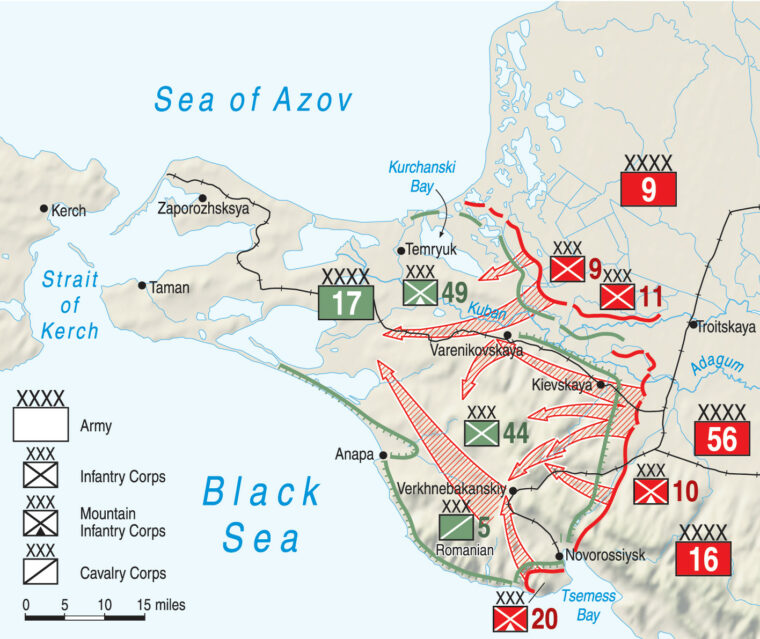
By the time the last German and Romanian soldiers pulled out of the Taman Peninsula on October 9, the 3rd Minesweeping Flotilla, aided by locally procured transports, had ferried more than 255,000 Axis soldiers, 21,000 vehicles, 1,800 guns, and 74,000 horses to temporary safety. Significant amounts of war materiel and other supplies were moved out as well.
The last Axis units to leave the Taman Peninsula were the German 97th Light and 4th Mountain Divisions from the XLIX Mountain Corps. German heavy artillery placed on the Crimean Peninsula covered the pullback of the rear guard by firing heavy barrages across the Kerch Straits. General Rudolf Konrad, commander of the XLIX Mountain Corps, and General Jaeneke were among the last men to evacuate.
In 1977, a movie called Cross of Iron premiered. It starred James Coburn as the battle-hardened German Sergeant Steiner. Coburn’s character was pitted against an overzealous Captain Stransky, played by Maximilian Schell, who was out to win the highest German decoration, the Iron Cross, at all costs. This film portrayed the events of the fighting on the Taman Peninsula. Several scenes show the extensive German defensive positions and the close-in nature of fighting that developed there.
The “Kuban Shield”
The tough fighting throughout the Taman Peninsula was exemplified by an interesting feature not often seen on the Eastern Front: minimal involvement of armored forces on both sides. Difficult terrain precluded the Soviet Army from the extensive use of heavy combat vehicles, and combat operations mainly involved infantry supported by massed artillery and air attacks.
The sailors and vessels of the Soviet Black Sea Fleet and Azov Sea Flotilla proved invaluable in liberating the Taman Peninsula. Continuous amphibious landings behind German lines kept the defenders off balance. The Soviet doctrine of combined arms utilization was coming to maturity.
After the Taman operation was over, both sides could tally up successes and shortcomings. While the Soviet forces liberated a significant portion of their territory and eliminated the possibility of future German operations against the Trans-Caucasian oil fields, they failed to trap and eliminate the German Seventeenth Army.
In turn, while losing the strategically important territory, the Wehrmacht preserved the combat capability of the Seventeenth Army and prevented large stocks of supplies from falling into Soviet hands. Even before the operation was over, Hitler recognized the accomplishments of his soldiers who served on the Taman Peninsula from February 1 to October 9, 1943, by authorizing the wearing of the “Kuban Shield” shoulder patch.
“Where the Iron Crosses Grow”
German commanders placed their casualties during the Taman operation of September 10 to October 9, 1943, at more than 10,000 killed, including four division commanders, 36,000 wounded, and 3,500 missing in action. Romanian casualties were placed at 1,600 killed, 7,200 wounded, and 800 missing. Various sources estimate total Soviet casualties around 114,000 men, including more than 40,000 killed.
Neither side lacked valor. In the words of James Coburn’s Sergeant Steiner, the Taman Peninsula was the place “where the Iron Crosses grow.”
Victor Kamenir writes from his home in Sherwood, Oregon.
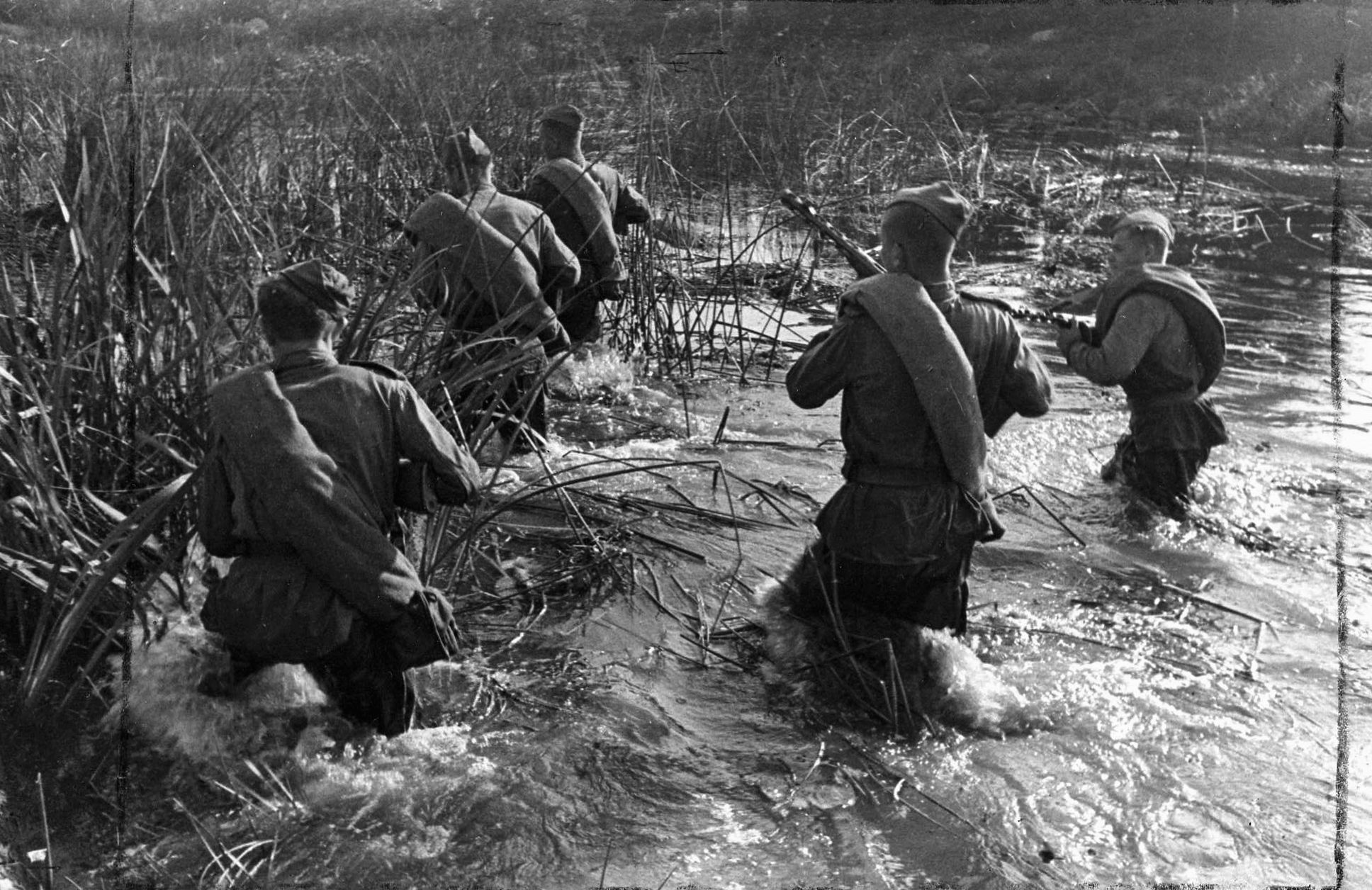

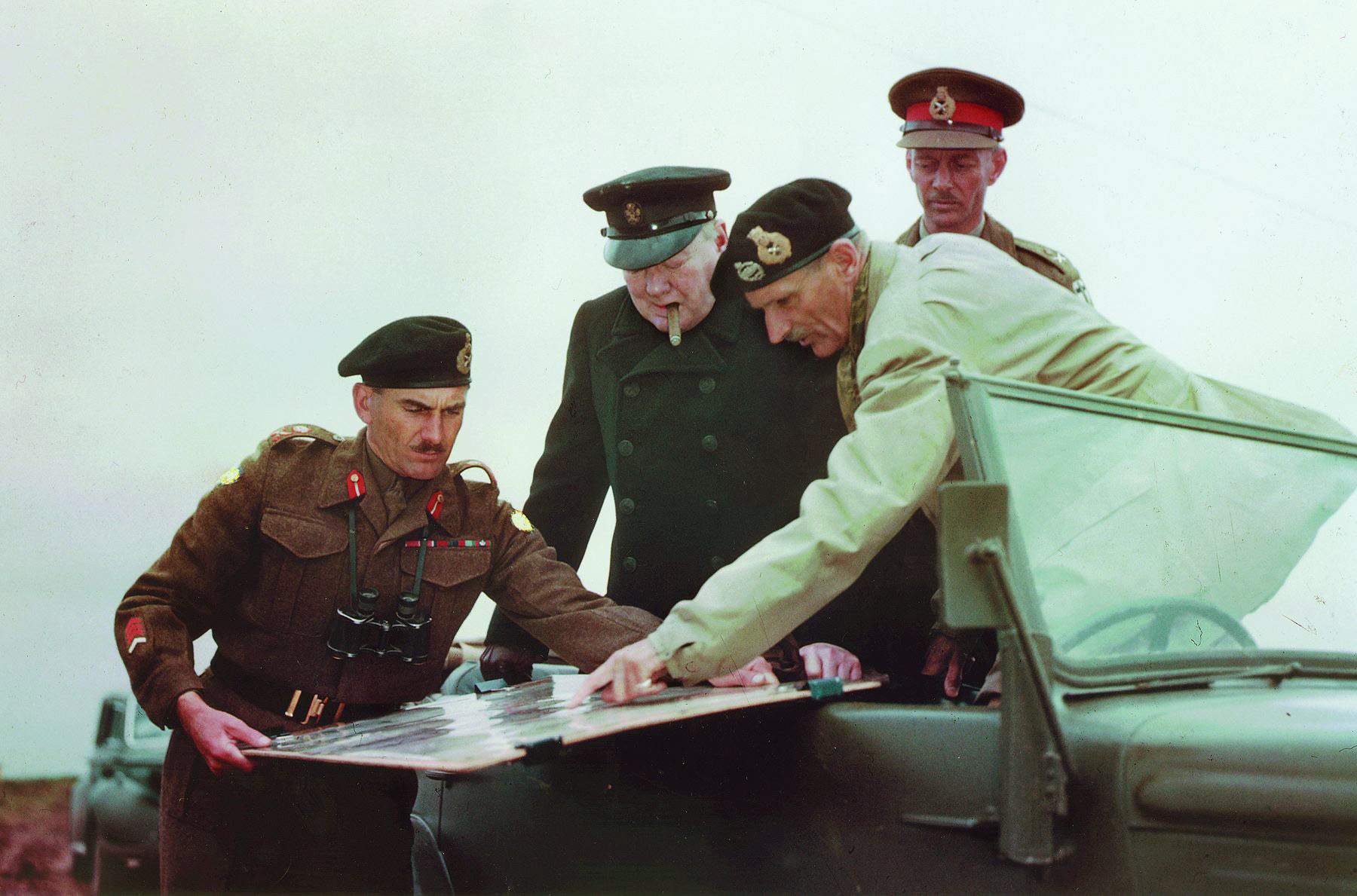
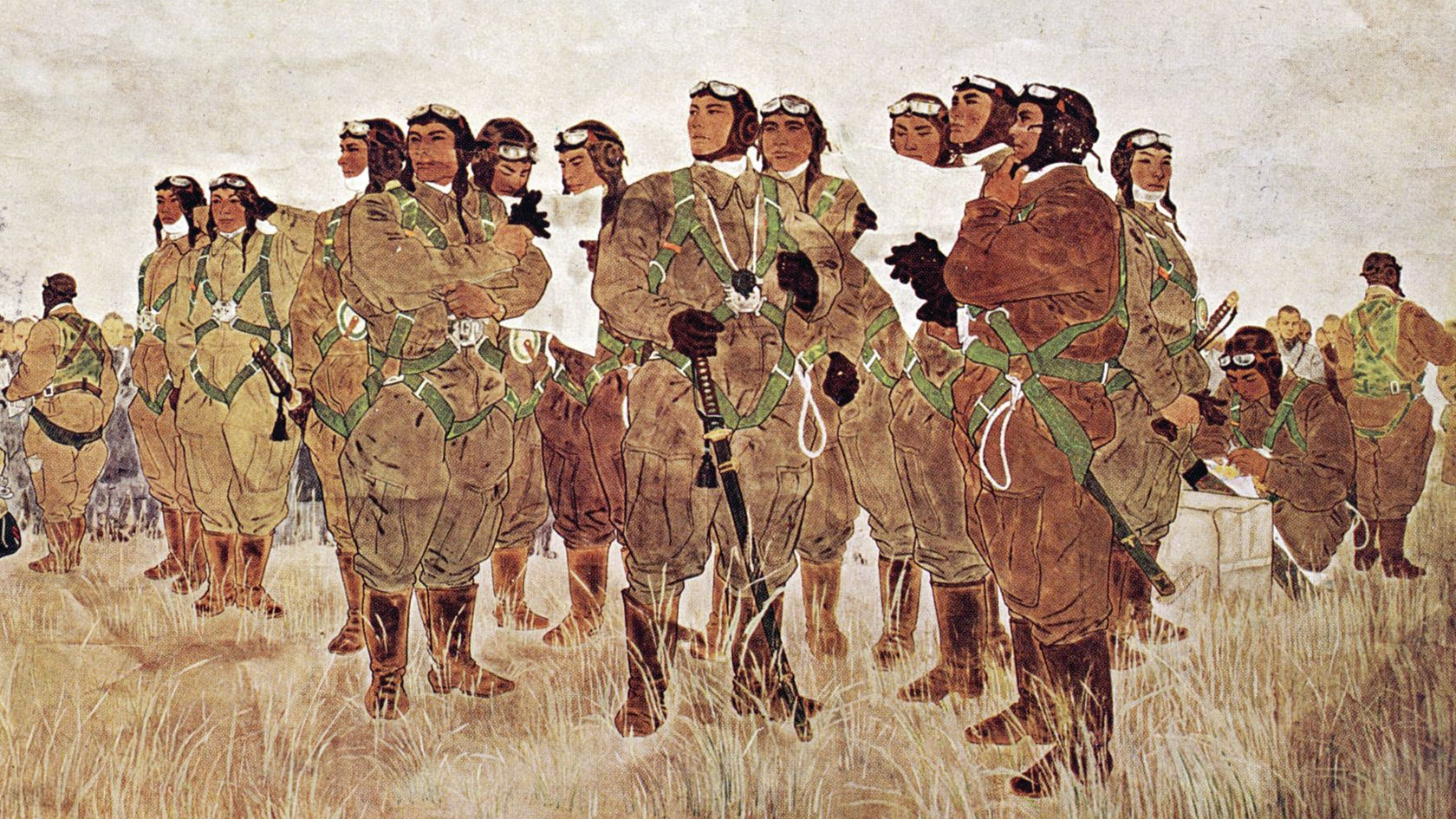
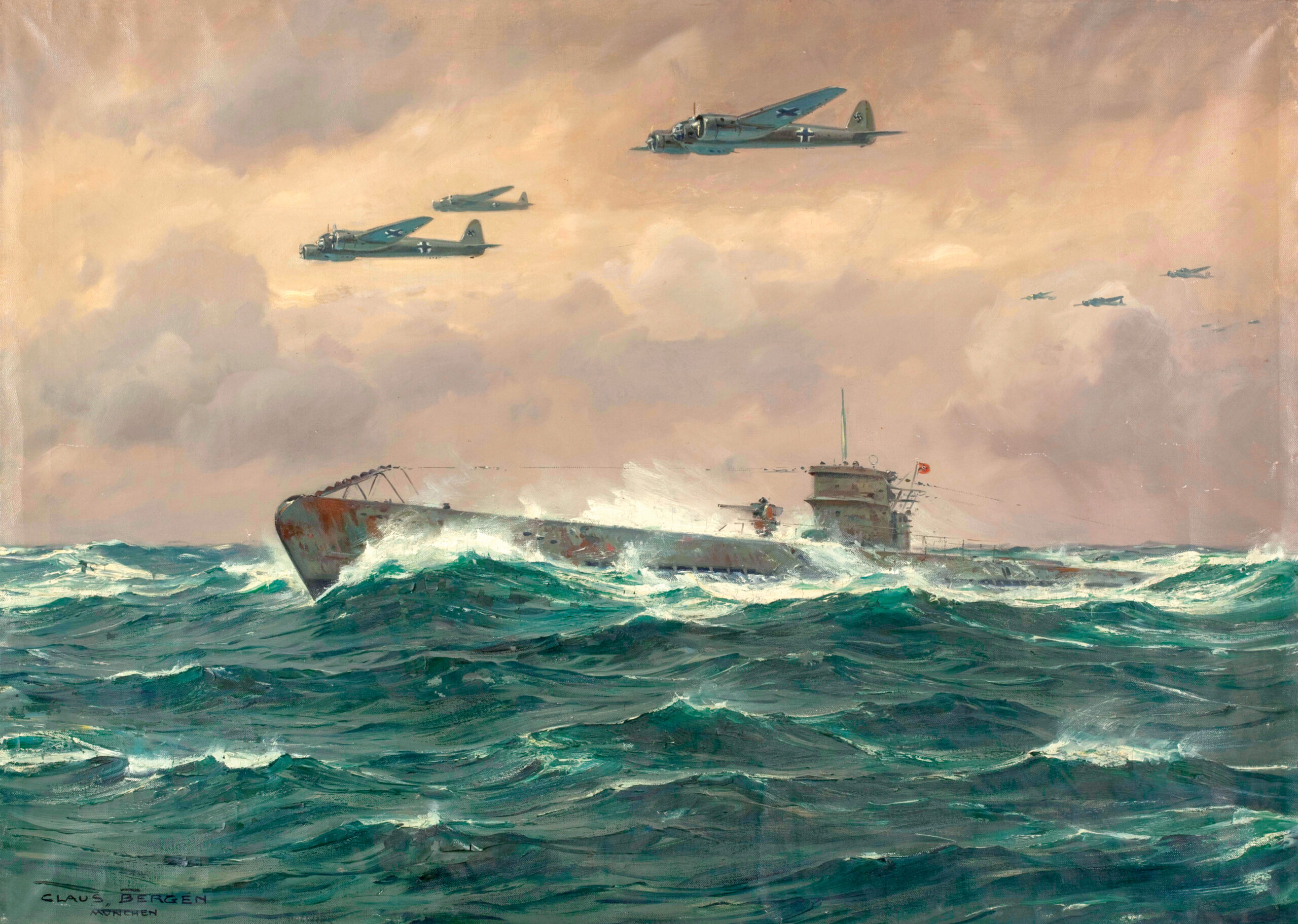
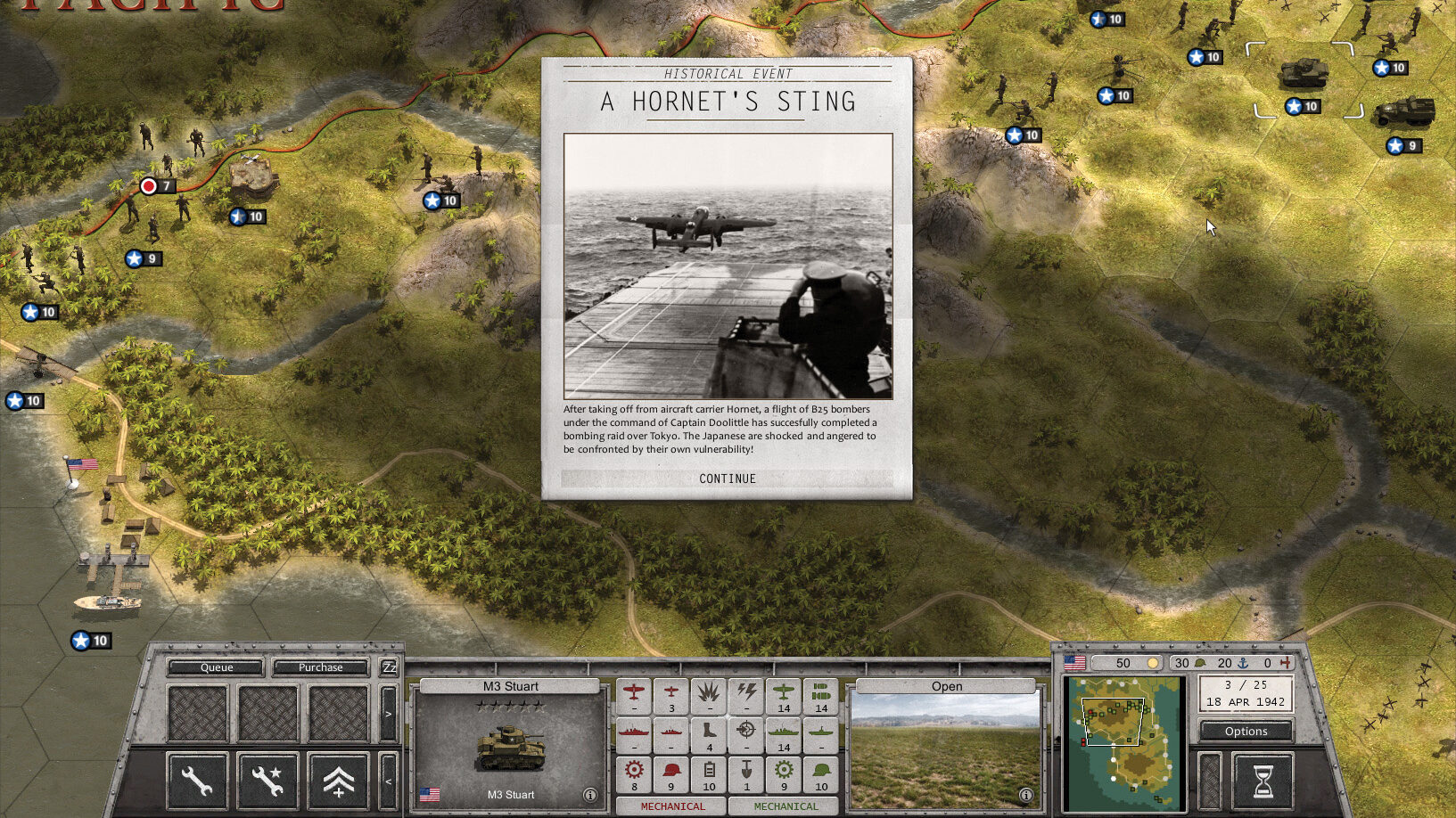
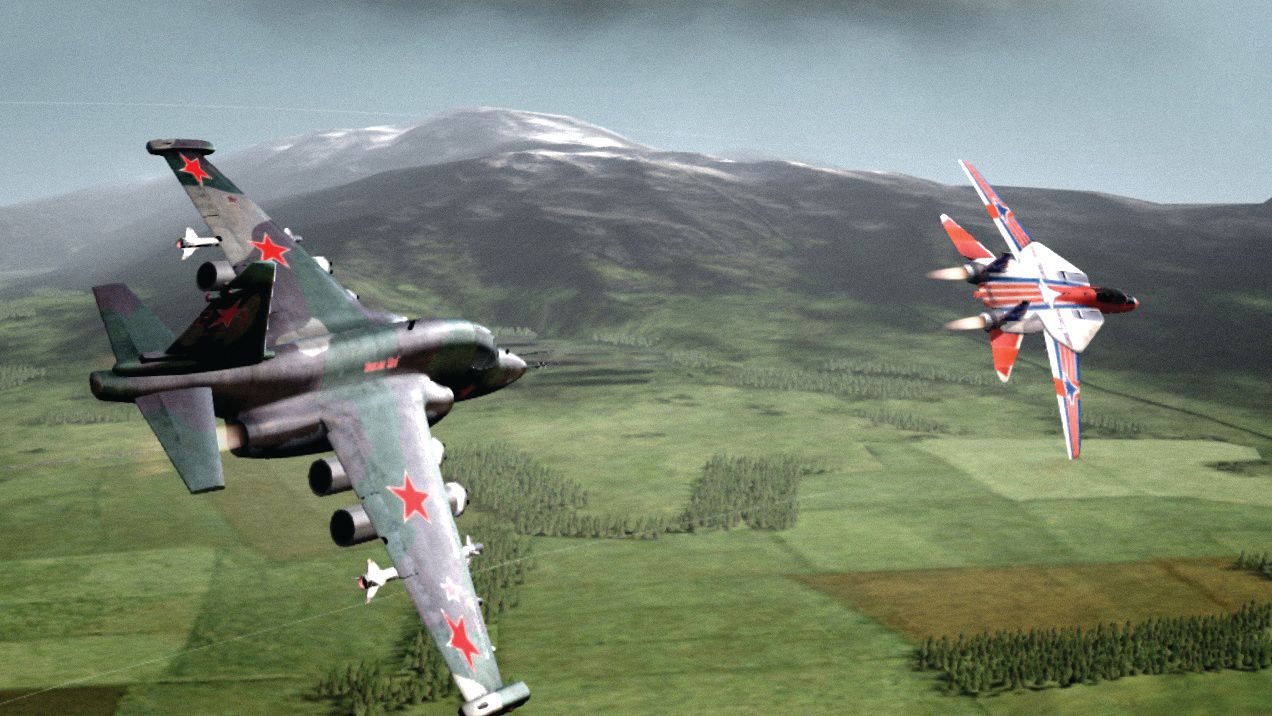
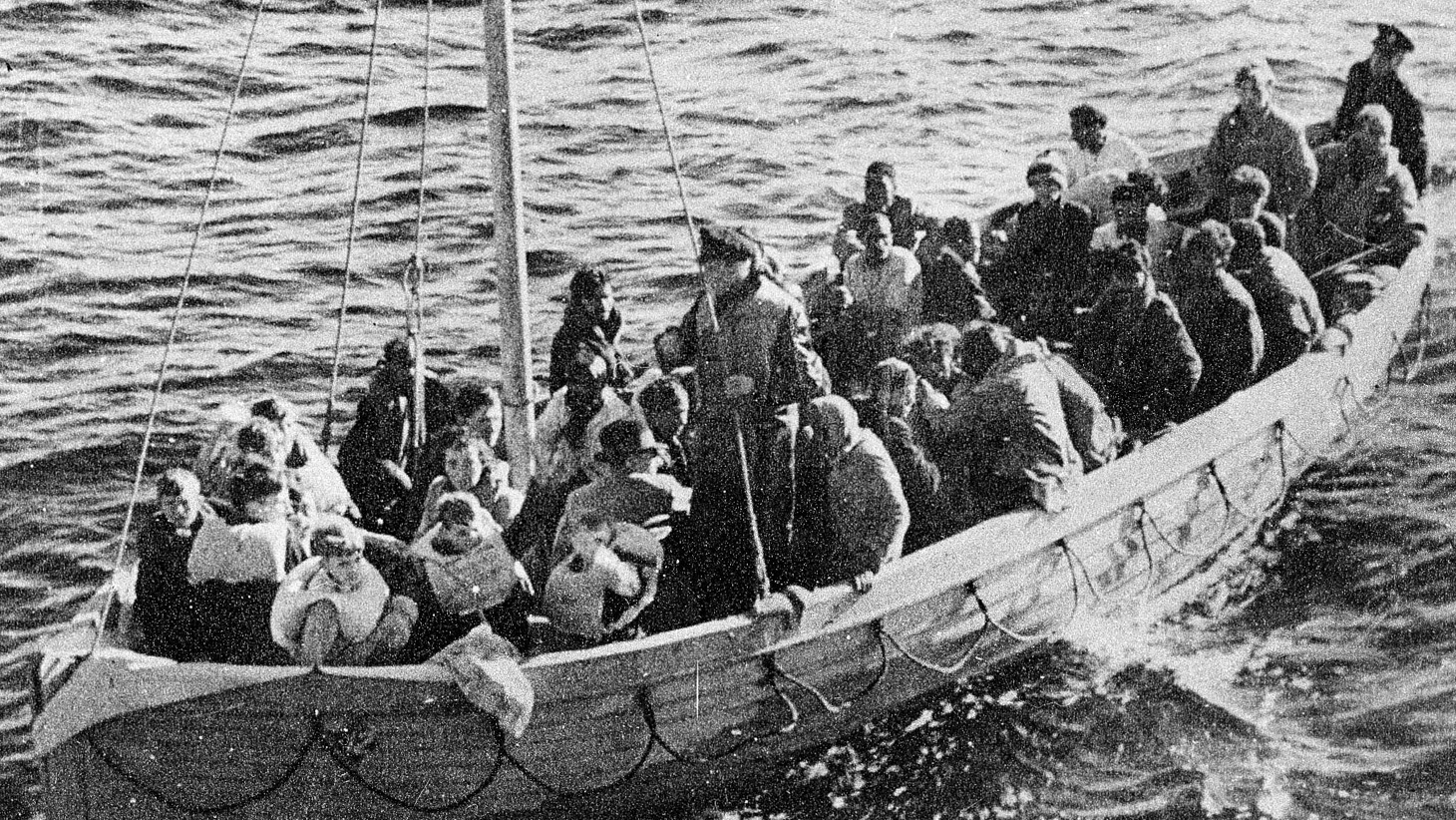
Join The Conversation
Comments
View All Comments